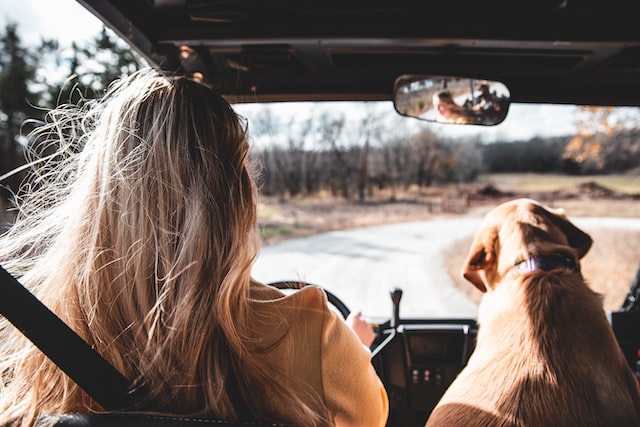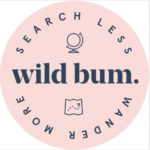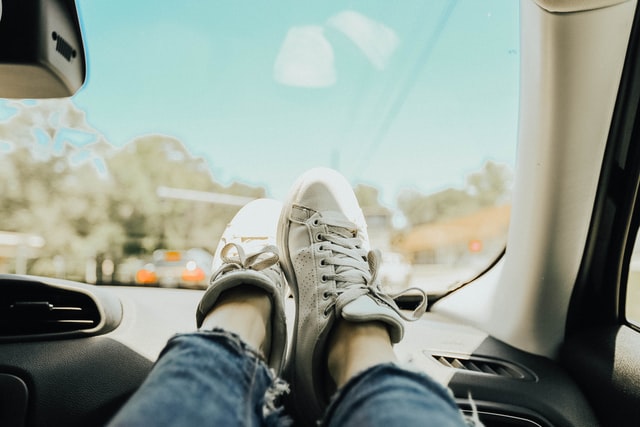California is a beautiful state, and with its great north-to-south length, there are a variety of different communities and climate areas. From chilly mountains to sunny beaches, a California road trip can make you feel like you’ve gone to many different countries. But there are some tips that savvy travelers will want to keep in mind to travel safely.
There are a few ways California roads can differ from surrounding states. On the one hand, the long highways can make road tripping a breeze. On the other hand, the infamous traffic jams in Los Angeles and San Francisco can unnerve drivers not used to five- and six-lane clogged highways.
From handling winding mountain roads or populated areas to navigating accidents and fault determination rules in California, here are a few things you need to know about West Coast travel.
California Mountain Roads and Redwoods
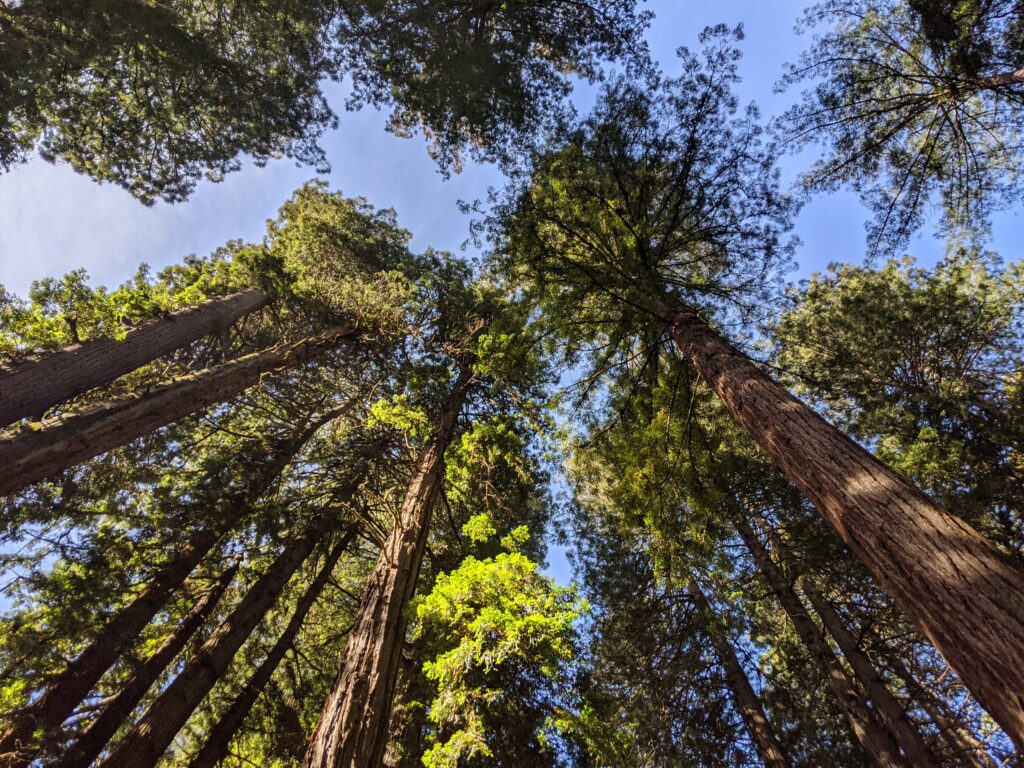
Long and winding roads in the mountains can be beautiful but also treacherous, especially during inclement weather. To stay safe, take it slow and drive as far to the right as you can. If it is foggy or rainy or for whatever reason, you can’t see more than 200 feet in front of you, sound your horn to alert other drivers.
You want to slow down and be careful when navigating turns in the mountains. If there is only one lane each way, do not attempt to pass the driver in front of you until you’re out of the mountains. It’s not safe to try passing in the oncoming traffic lane when you can’t see the oncoming traffic.
If you’re driving slow and find another car is tailgating you or obviously trying to pass, keep calm and continue driving at a safe speed until you find an area where you can pull off the road to let them pass. It’s better to stay safe when taking a road trip through California.
Highway Safety in California
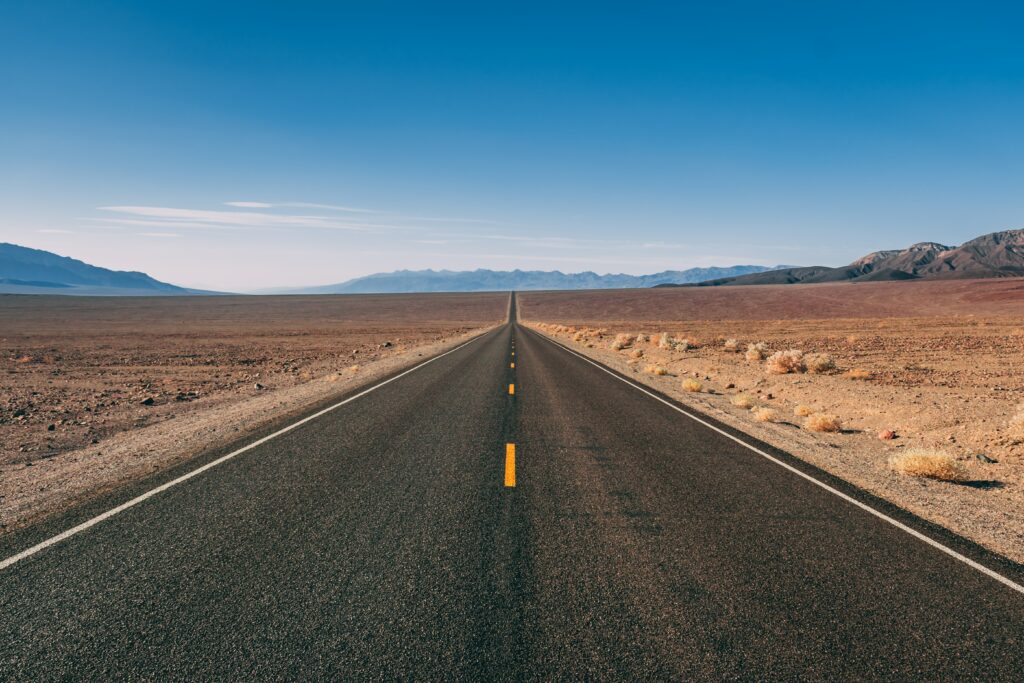
Although mountain roads can be cramped and foggy, the highways themselves can vary from being relatively small and bare to massive and full of cars, especially near the interstates and major cities.
In Los Angeles, highways can have up to six lanes in each direction. In addition, rush hour regularly lasts up to four hours in the evening.
Use Google Maps and online GPS navigation to monitor real-time traffic and avoid major snarls. Try to avoid peak hours for driving in whatever area you’re in, and if you’re just going out for a day trip, try to use public transportation instead of a car.
City Traffic and Night Driving
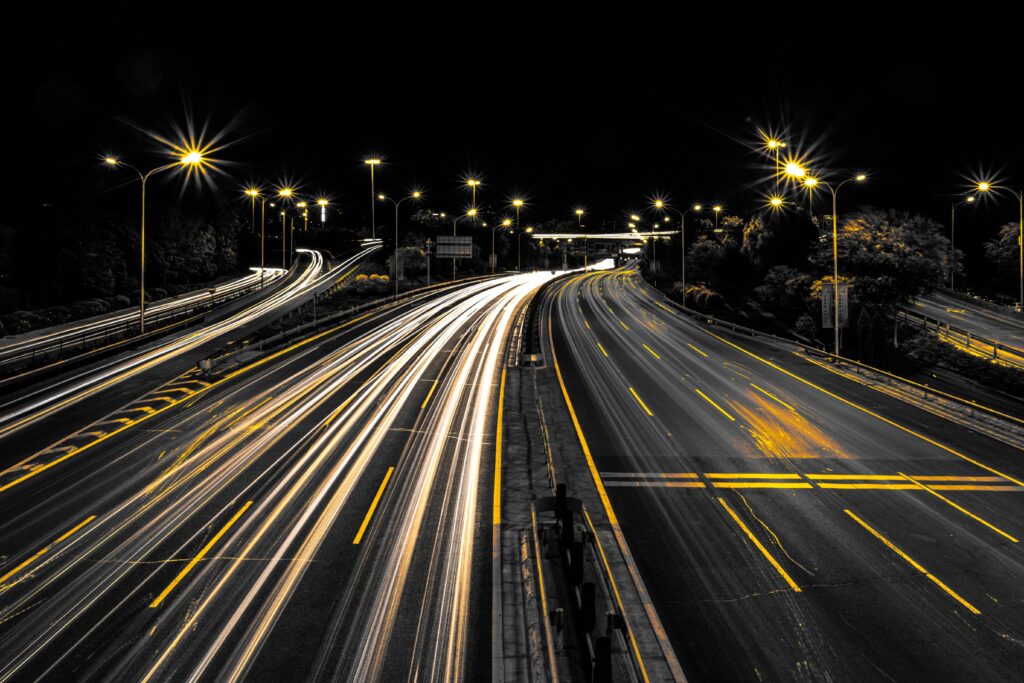
When driving in urban areas, you need to remember certain rules. If you’re on a one-way street, you can’t turn left unless you’re turning onto another one-lane street. And if you’re on a steep incline, such as those in San Francisco, the car facing uphill has the right-of-way. If you’re facing downhill, yield by backing up until the vehicle going uphill can pass.
Headlights must be used when driving at night, from 30 minutes after sunset to 30 minutes after sunrise.
U-turns cannot be used on divided highways unless there is an opening in the center divider and there are no signs that prohibit a U-turn. In addition, never make a U-turn in a suburban area if there isn’t a sign, light, or signal stopping oncoming traffic unless you have an opening of 200 feet without any approaching vehicles.
You can make a U-turn across double yellow lines if it’s safe to do so and there are no signs or other legal prohibitions.
Tips for Driving in Bright Sunshine

Think about visibility when driving in fog, rain, or darkness, but this is equally important in bright sunshine.
Wear sunglasses and pull down your sunshades. If the sun is directly in your eyes and you are struggling to see, slow down to the same speed you would go in fog or rain. Maintain a safe distance and look to the road’s right edge if you can’t see straight ahead.
To make sure your car is better prepared for bright glare, keep your windshield clean and consider tinting your windows.
It also pays to plan out a route ahead of time to avoid sun glare. Try to drive in north and south directions so you are neither heading directly toward the sun nor getting hit by its glare in your rearview mirrors. Choose routes that have tall buildings and trees as well to block out the sun. Also, try to avoid driving during the hour before sunset and after sunrise.
Determining Fault in California
In the event of an accident, stay calm and make sure you are uninjured before exiting your vehicle and getting the other person’s information. California is what’s known as a fault-based state when it comes to determining responsibility for car accidents.
Essentially, fault can be determined both by which party is deemed responsible and by determining whether either vehicle was violating California law at the time of the accident.
Comparative negligence laws also mean that even if you are found to be at fault, you can reduce your liability by proving that the other party also was negligent.
To prove that the other party was negligent, you will have to show that they were not operating their vehicle with the proper amount of care and that they breached their duty to drive with caution. This breach of duty must be proven to be the cause of the accident and all injuries and damages resulting from it.
You can also prove the other party’s liability by showing that they were violating a California law at the time of the accident. If they were not following part of the California Vehicle Code, for instance, they are automatically considered to be negligent.
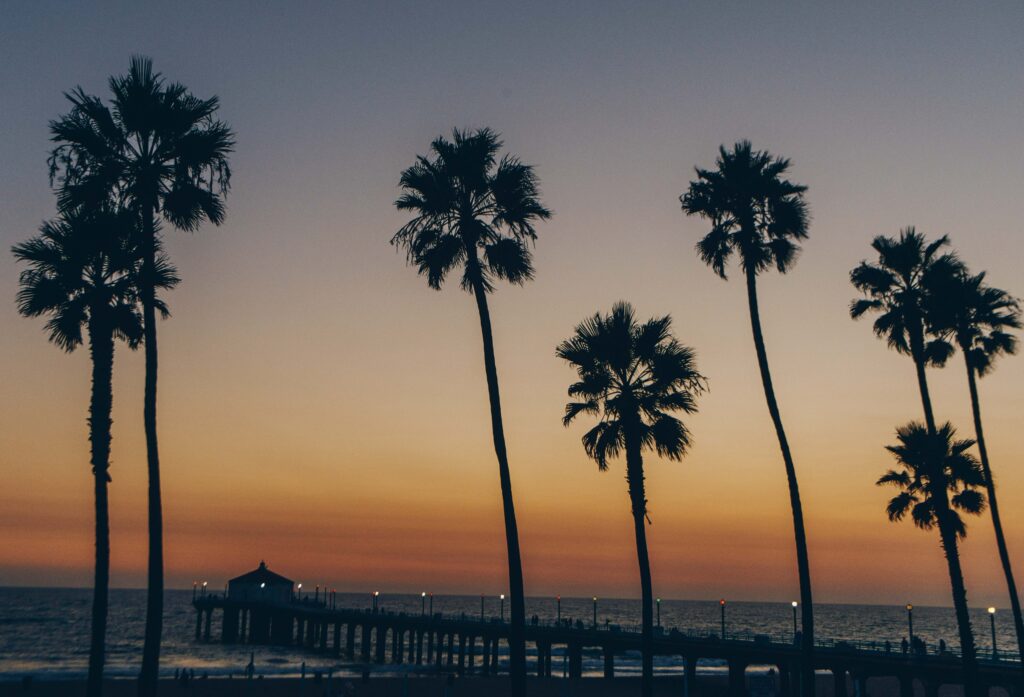
What if the other party refuses to admit fault?
If the other party contests your claim, you may need to involve a car accident attorney. In addition, you or the other party can lower your liability by proving that both drivers were behaving negligently or recklessly. Theoretically, you can collect money for your injuries even if you were 90% to blame for the accident.
As a general rule, fault will be determined by the insurance companies working with the police and the drivers. If either party challenges it, they can bring the lawsuit to court, where a judge or jury will determine fault.
As fault can be shared, those traveling in California should be careful and follow all posted speed limits and driving regulations.
About the Author
Deborah Goldberg researches and writes about travel safety and traffic laws for the legal site, FreeAdvice.com. She is passionate about consumer protection and legal transparency for travelers.

